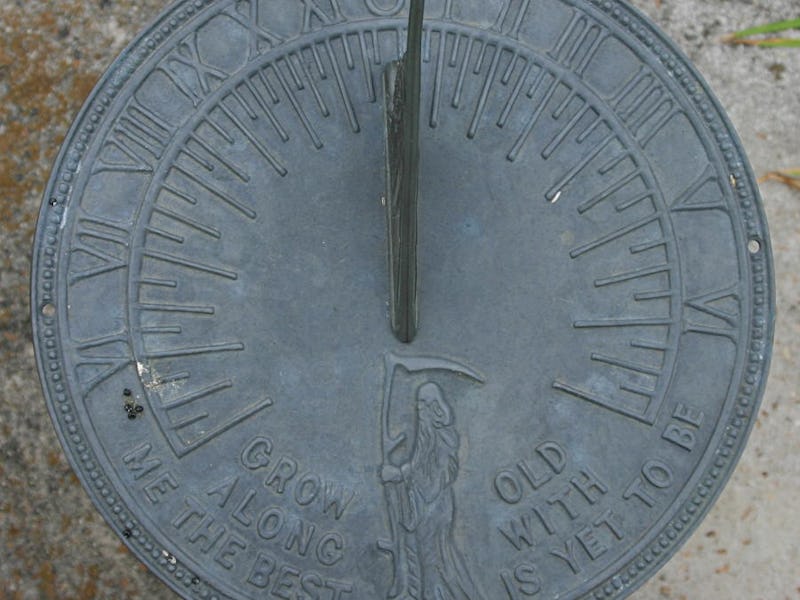The Weird Reason Why There Are Only 28 Days in February
Blame the Romans.

For a month dedicated to flowers, candy, and chocolate, February gets no love. The woes of the year’s shortest month have been well documented: bad weather, disruptive leap days every four years, and an unfortunate proliferation of Hallmark cards have become synonymous with the second month of the year.
What did February do to deserve this fate?
To answer that question, one must look to the history books. The Gregorian calendar, which we use today, traces its roots back to around 2,800 years ago in Rome. Originally, it was organized around the lunar year by the Roman King Numa Pompilius. During Pompilius’ reign, numerical superstition was en vogue — the populace considered even numbers to be bad luck. That sounds stupid now, but we freak out every time there’s a Friday the 13th, so let’s cut the Romans some slack.
To avoid any of the miasma associated with half of all the numbers, Pompilius wanted to make sure that none of the months contained an even number of days. Unfortunately, the celestial bodies conspired against the Roman ruler — the lunar calendar was made up of 355 days, so at least one of the 12 months required an even number of days to fill out the entire year.
So Pompilius did the logical thing. February was already a bit of a bummer, because it was dedicated to Roman rituals for honoring the dead. Rather then spread the misfortune around, Pompilius decided to heap all the bad luck on February and create one spectacularly sad month.
An illustration of the phases of the moon from 1850 by J. Emslie.
Some 700 years later, Caesar came along and decided to switch the lunar calendar to a solar schedule, adding ten days to the year and forming the first iteration of our modern calendar. The lunar calendar has fewer days because it’s based on the monthly cycles of the moon, which are typically around 29 days. A twelve month calendar based on the moon adds up to around 355 days. The solar calendar, on the other hand, is based on the Earth’s orbit around the sun, which takes approximately 365 days.
Apparently, Caesar didn’t want to completely break from tradition, so February remained the shortest month of the year. Caesar’s calendar was later updated by Pope Gregory XIII, who reduced the average calendar year by 10 minutes and 48 seconds. This corrected a minor but accumulating drift of the calendar away from the equinoxes and solstices; hence the Gregorian moniker.
A short, sad story, for a short, sad month.